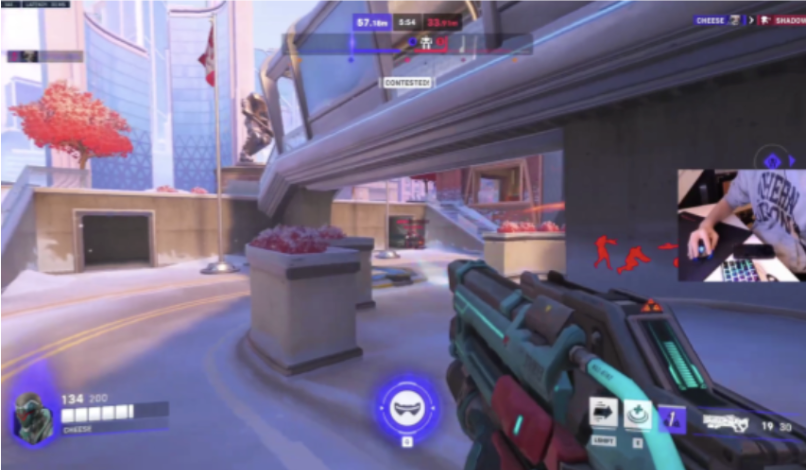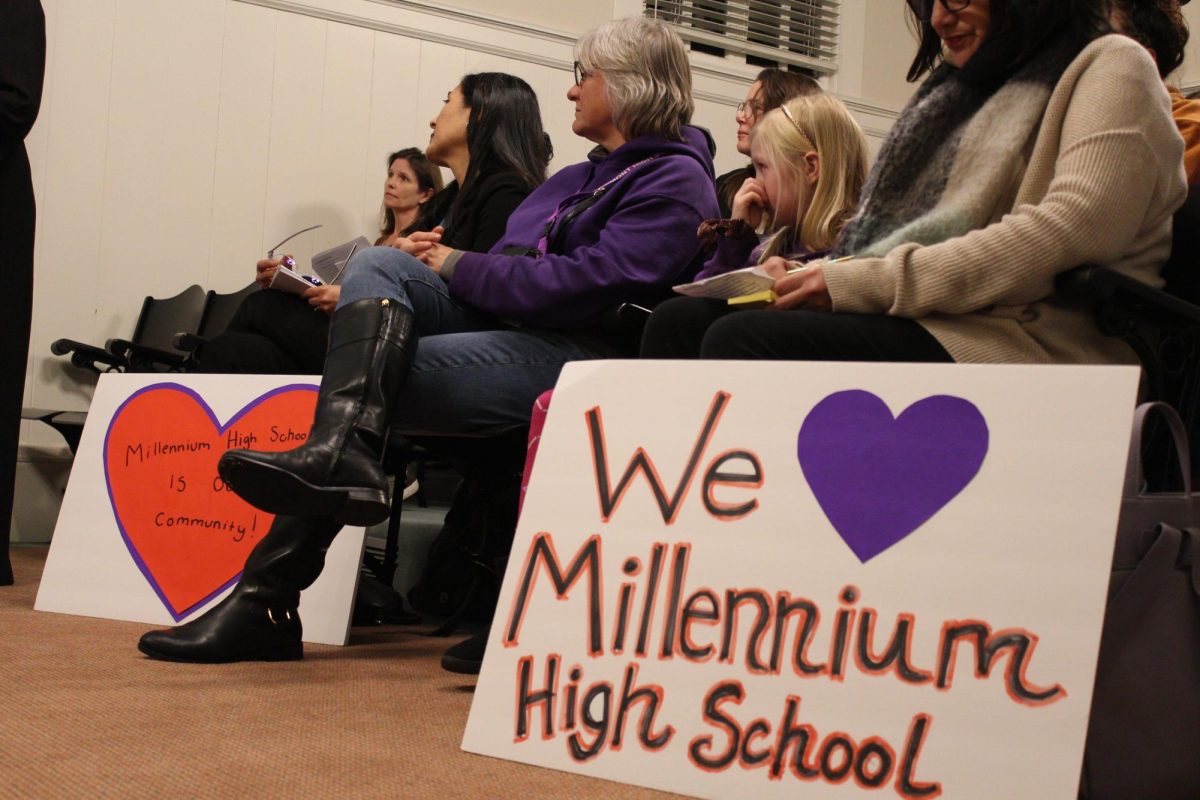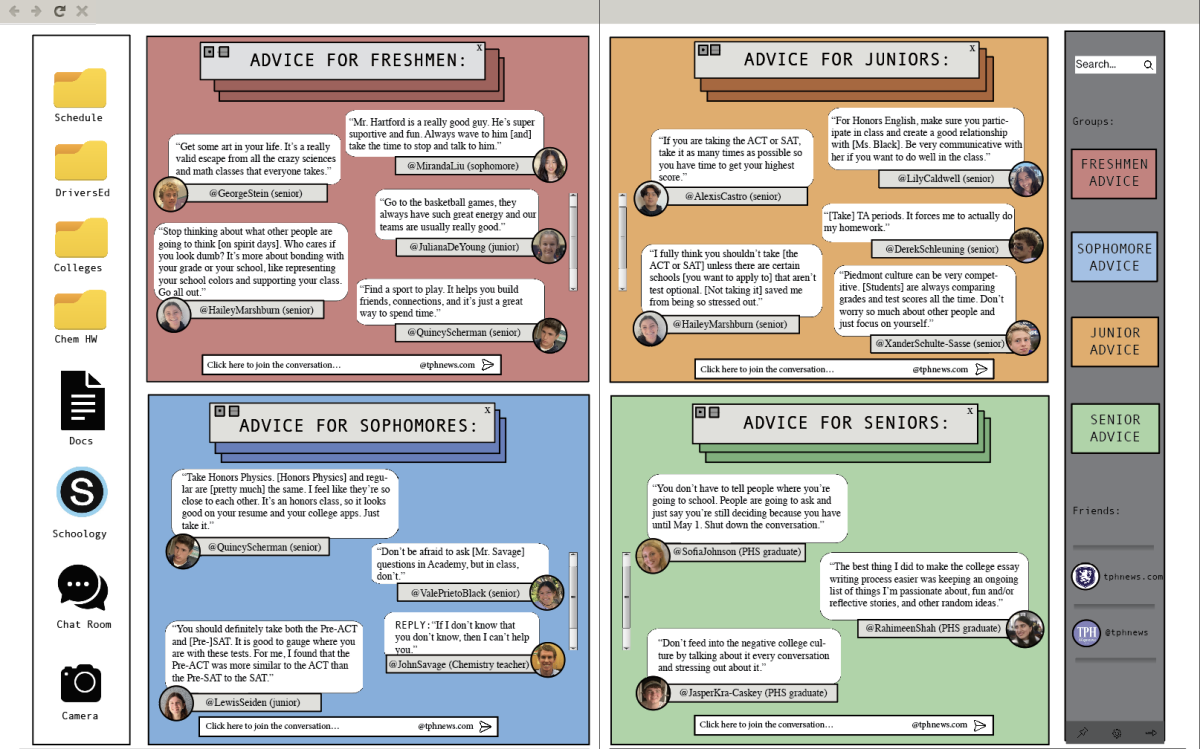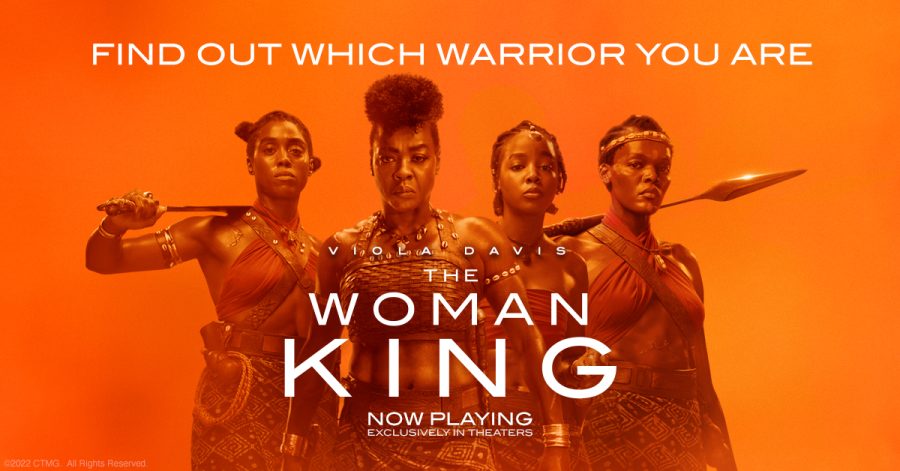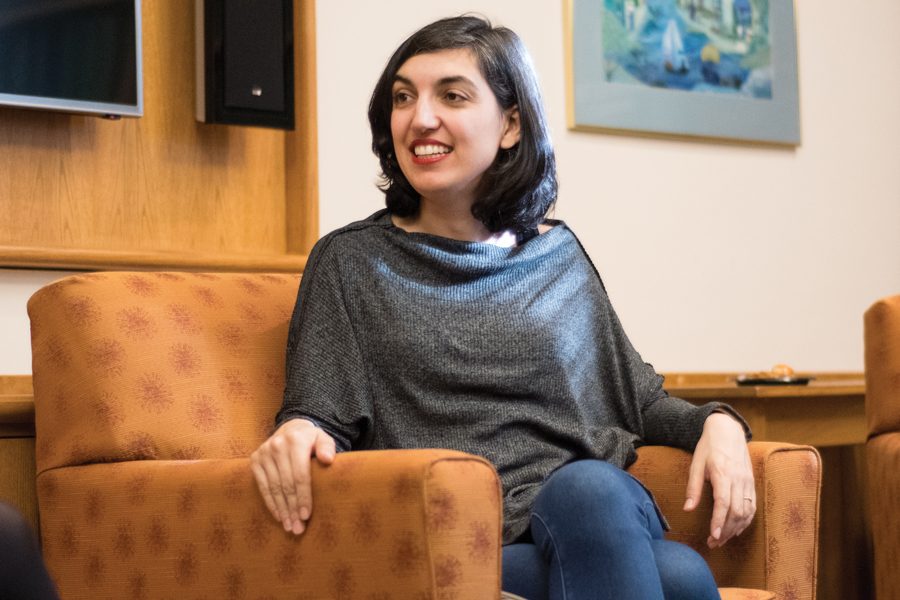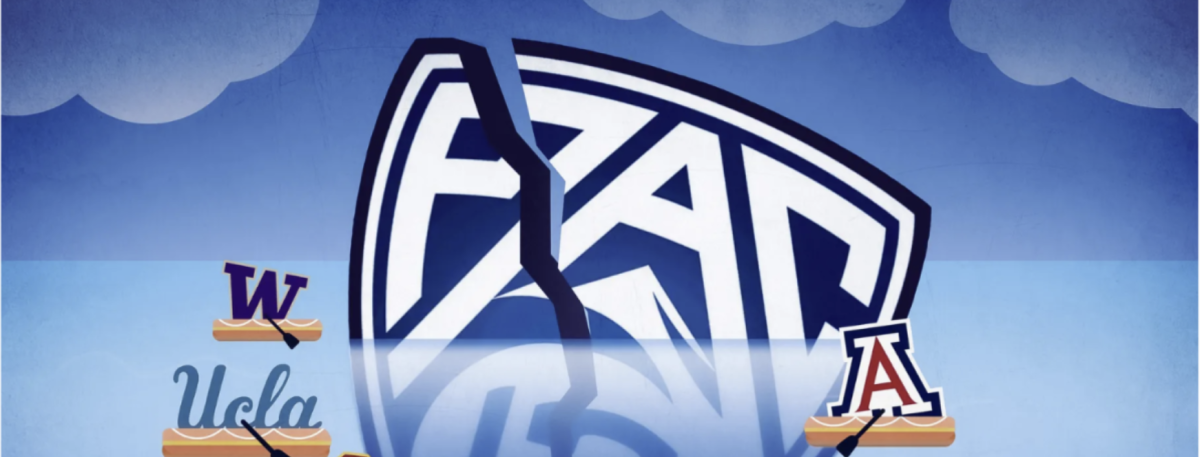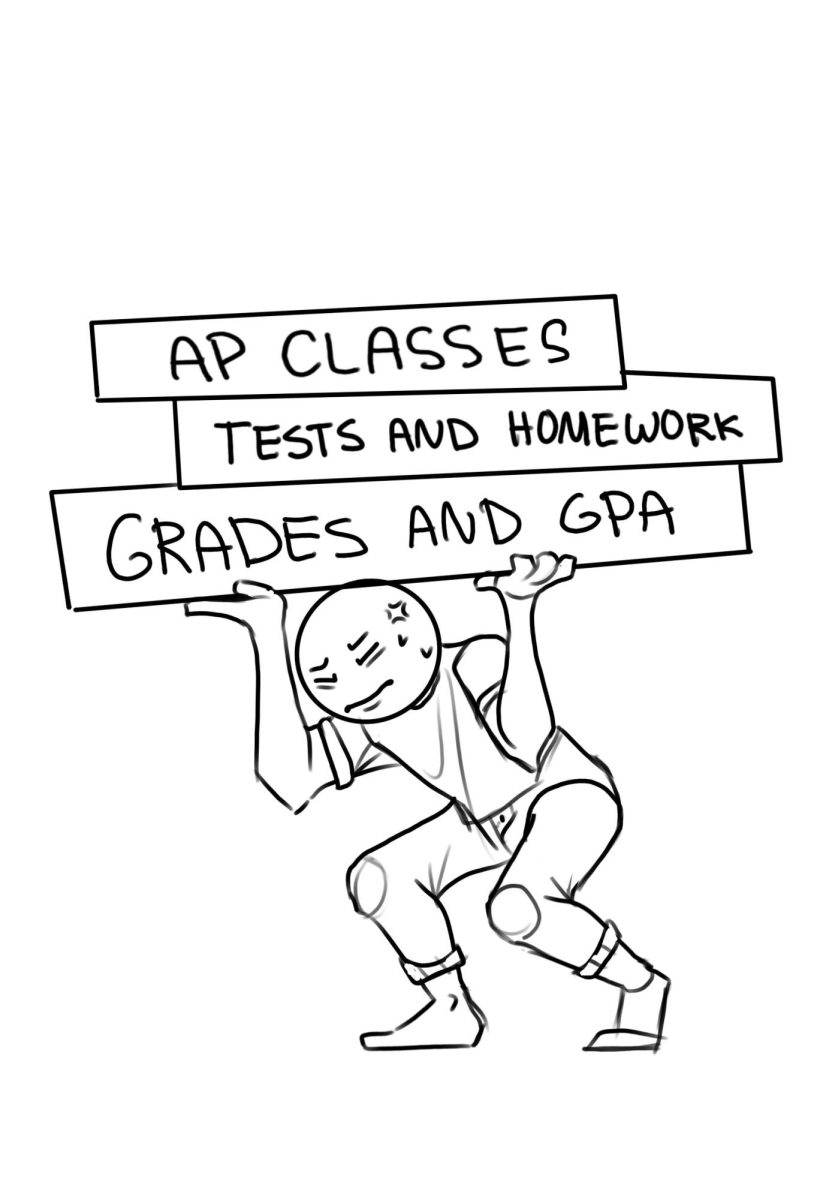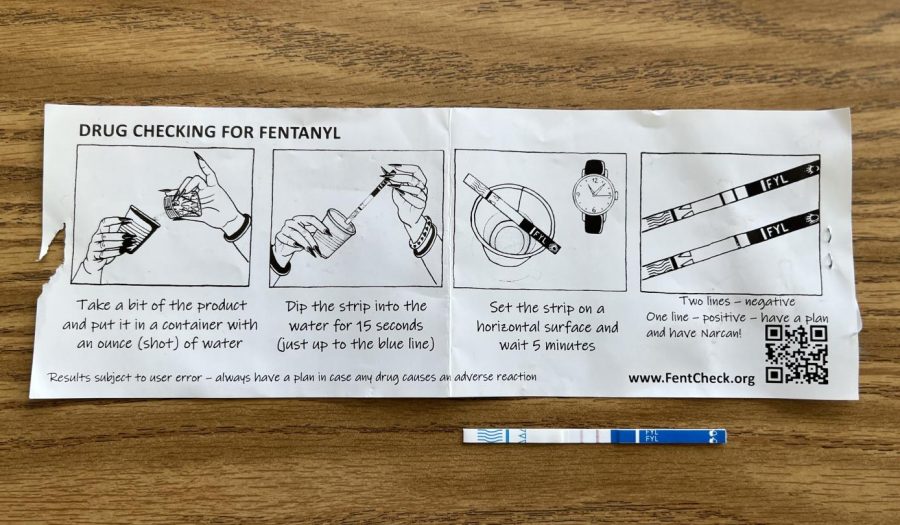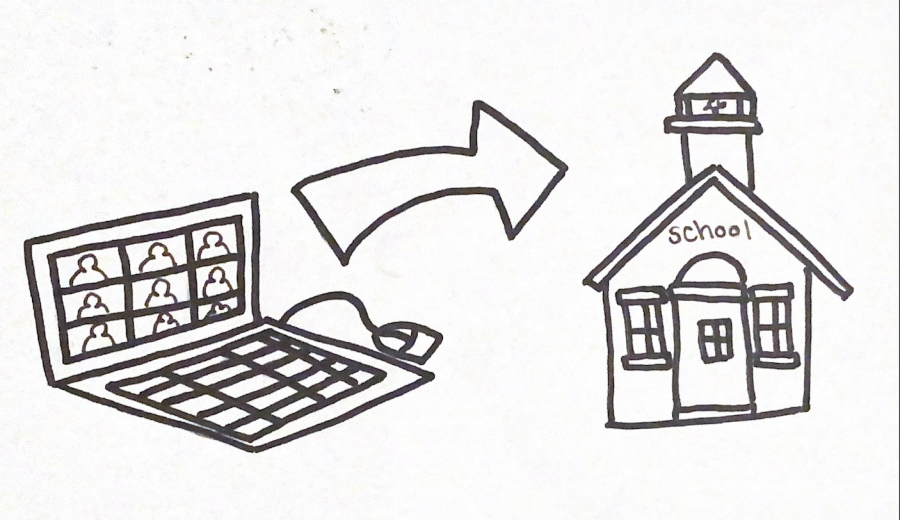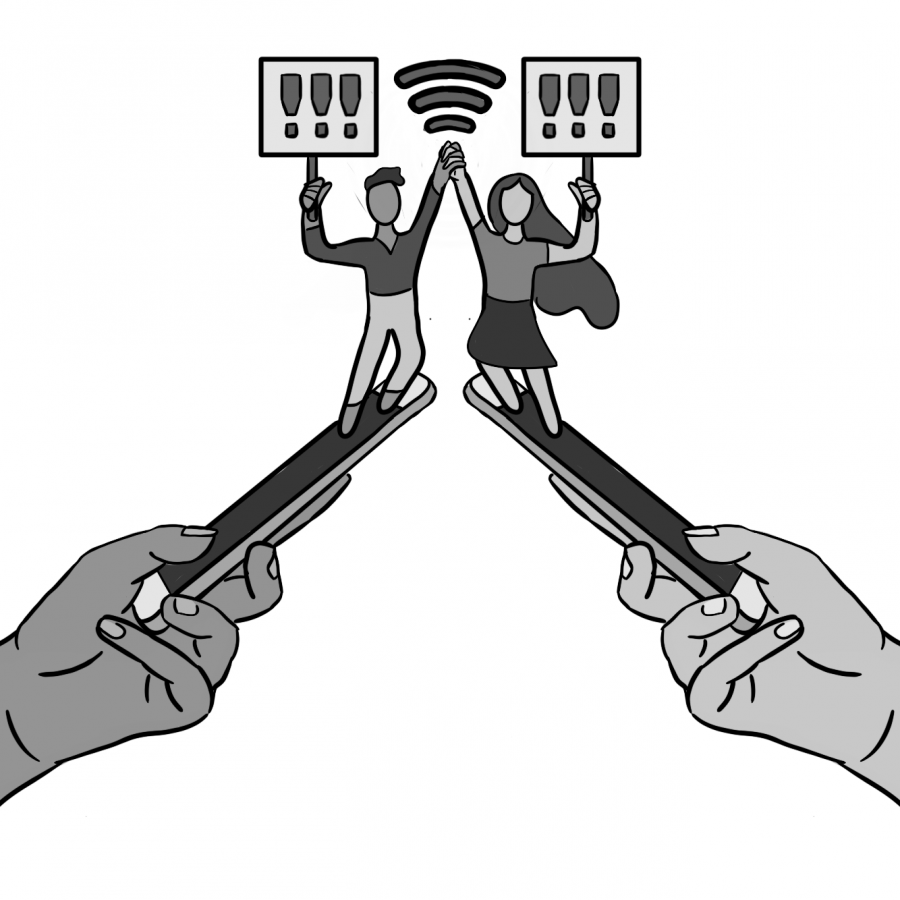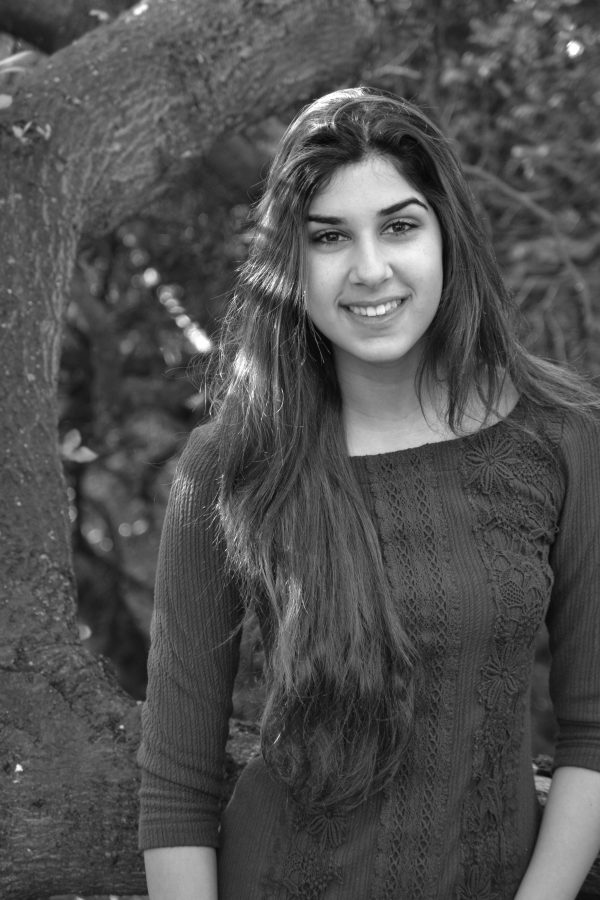Three books.
To Kill A Mockingbird. Roll of Thunder Hear My Cry. The House on Mango Street.
Female voices narrate these poignant stories, and teach valuable lessons about inherent and relevant problems in the world such as identity, racism, and sexual assault, just to name a few.
Books are artfully crafted, moving readers to the point of tears. All three of those books are female-written and narrated novels that I was required to read from sixth grade through sophomore year. But, no one in any of my classes was required to read other female-driven literature over the course of six years.
In this case, three is not the magic number.
Starting in middle school, more female authors should be implemented into English curriculum. ‘Required,’ meaning that everyone in the grade must read them.
Why stress the requirement of novels written by women? Why does it matter so much?
What if I told you that we can read minds? Well, in a sense, that is true, but more solike we can read feelings. According to Psychology Today, situated behind our eyebrows, mirror neurons give us an ability that undeniably makes us human: the ability to feel empathy. Therefore, by reading various situations in novels, we feel these emotions as if they were our own. So thank you neurons, for essentially, in some twisted way, giving us a superpower.
Inundated with books featuring male leading characters at school such as Lord of the Flies, All Quiet on the Western Front, and The Pearl, the curriculum inadvertently condones empathization with men.
Looking back, Piedmont has had some discrepancies (and that is putting it nicely) in ability to show empathy. My question is: how did we get here?
According to Chimamanda Adichie’s speech, “The Danger of a Single Story,” when only one voice is represented, a myriad of problems arise. It is paramount that students see the representation of both the female and male story in the required curriculum in order to decrease the amount of misunderstandings that lead to conflicts. Look, I am not saying that reading a book will stop all dissension towards one another, but I will say this:
I do not see how anyone could read Night, and make joke about the Holocaust. I do not see how anyone who has read A Lesson Before Dying could make a racist remark about African Americans. And I cannot see how anyone could read Thirteen Reasons Why and think it is fine to rank girls by attractiveness.
Administrators and other students might argue that for various book reports and independent reading assignments, many female-written novels were available. While many books by female authors have been optional reading choices throughout the course of our middle school and high school careers, the operative word is optional. Middle school, according to Psychology teacher Alison Cota, marks the peak in conformity for students. If a boy had to choose between a book with a girl in a willowing dress on the cover, and a pirate weilding a sword on another, with the entire class watching, which one would he choose?
The fact of the matter is this: boys and girls will not necessarily read books with female characters if they are not required to, and once they get to high school, they have been indoctrinated into seeing every book by a female author with a female narrative as being ‘less than’ or ‘not actually literature.’ This exacerbates the divide between men and women, and explains why the books should be required reading.
When I first told my father about the subject for my opinion piece, he said that I should consider the fact that there simply are not the same amount of literary novels written by women, with female protagonists out there. I know, however, that a vast number of women have won the Newbery medal, considered one of the highest achievements in writing. I know that Adichie, the author who talked about the ‘single story,’ writes incredible novels that illustrate women and her culture. I know that authors such as Toni Morrison, Zora Neale Hurston, Margaret Atwood, Jane Austen, Kate Chopin, Amy Tan, and Sue Monk Kidd, just to name a few, write exquisite novels that would be wonderful to analyze in class.
On our journey to maximize the amount of empathy here at PHS, let us start by adding these stories to our curriculum earlier than junior year.
And boys, please read girl books, and do not limit yourself to just literary novels for school. Read about a girl whose combat skills dwarf even that of the most muscular male in the kingdom. Read about a girl who can see the beauty in the world. Read about a girl who has aspirations, who has dreams. Read about her because she is a story, stories are life, and life has no gender.




